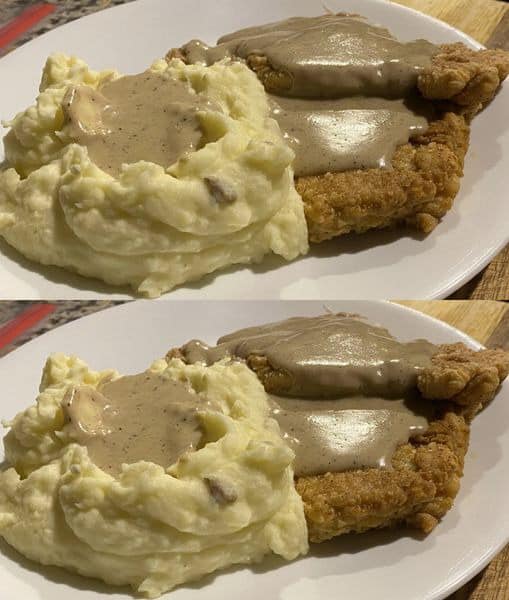Here’s what they actually mean:
"Best if Used By"
Peak flavor and quality. Safe to eat after—but may not taste as fresh.
(Yogurt, chips, cereal)
"Use By"
Last date for best quality. Not a safety cutoff. Often found on perishables like meat or frozen meals.
"Sell By"
For stores only! Tells retailers how long to display the item. You can safely eat it days or weeks after.
(Milk, deli meats)
"Expires On" / "Expiration Date"
Rare. Mostly used for baby formula. This one
does
matter for safety.
💡 Bottom line: None of these = “toss me now” (except infant formula).
🍗 How Long Can You Actually Keep It?
Don’t guess. Know.
Here’s a quick guide to common foods — past their printed date:
Milk
✅ Yes — 5–7 days past "Sell By"
Smell & taste test. Sour = toss.
Eggs
✅ Yes — 3–5 weeks past "Sell By"
Float test: Fresh eggs sink. Old ones float.
Yogurt
✅ Yes — 1–2 weeks past date
No mold? No off smell? Still good.
Cheese (hard)
✅ Yes — months!
Cut off mold; rest is safe.
Chicken/Beef (raw)
⚠️ 1–2 days past "Use By" max
Smell, color, sliminess = danger signs
Frozen Foods
✅ Indefinitely (if frozen solid)
Quality fades over time, but never unsafe
Canned Goods
✅ Years — if unbulged & sealed
Toss if dented, rusted, or leaking
Dry Pasta, Rice, Cereal
✅ 6–12+ months past date
Dry, no bugs, no rancid smell = fine
👉 When in doubt: Smell it. Look at it. Taste a tiny bit.
Your senses are better than any label.
🌡️ What Actually Makes Food Unsafe?
It’s not the date.
It’s bacteria growth —from improper storage, cross-contamination, or temperature abuse.
Dangerous pathogens like Salmonella, Listeria, and E. coli don’t change the date on the box.
But they do grow when:
Food sits in the "danger zone" (40°F–140°F) too long
Raw meat touches ready-to-eat food
Leftovers sit out more than 2 hours
So yes—your chicken could be dangerous before the "Use By" date.
And your yogurt could be fine weeks after.
💡 Pro Tips to Reduce Waste & Stay Safe
🕒 Rotate your fridge: Use older items first (“first in, first out”)
🧊 Freeze before the date: Bread, milk, meat, even cheese can be frozen
📦 Store properly: Airtight containers, proper temps, separate raw meat
👃 Trust your nose: Spoiled food smells sour, rotten, or ammonia-like
🔍 Look for spoilage signs: Mold, slime, cloudiness, puffiness in packaging
Bonus: Label leftovers with dates so you know what’s what.
🌍 Why This Matters Beyond Your Fridge
Food waste is a global crisis.
🌎 The U.S. wastes over 100 billion pounds of food yearly
💸 The average family throws away $1,500 worth of food each year
🌿 Wasted food in landfills produces methane — a potent greenhouse gas
By understanding expiration dates, you’re not just saving money.
You’re helping the planet.
❤️ Final Thought: Dates Lie. Your Senses Don’t.
You don’t need to live in fear of a number on a package.
Sometimes, all it takes is:
A sniff
A look
And the courage to say: “I think this is still good.”
Because real food safety isn’t about rules.
It’s about awareness.
And when you stop tossing good food just because of a date…
You’re not being reckless.
You’re being wise.







